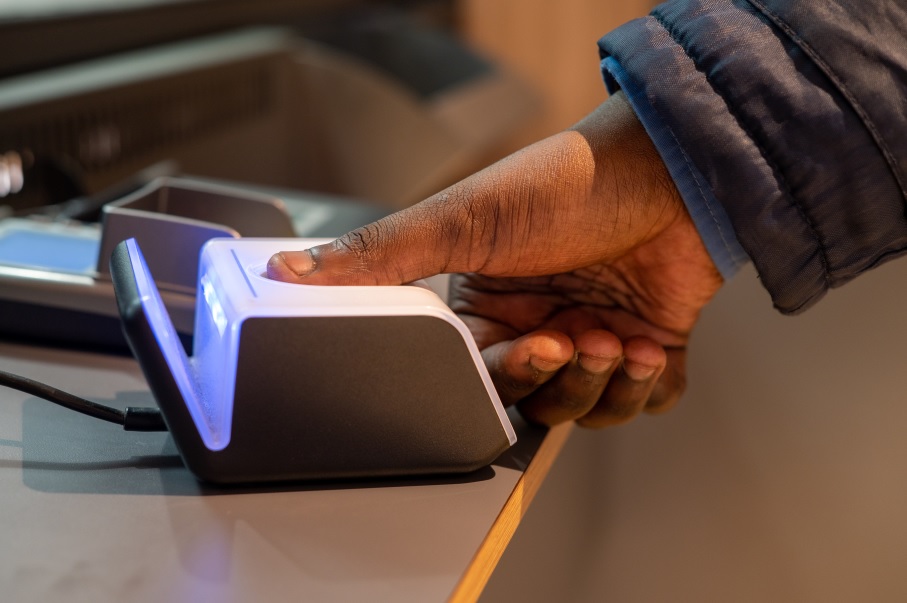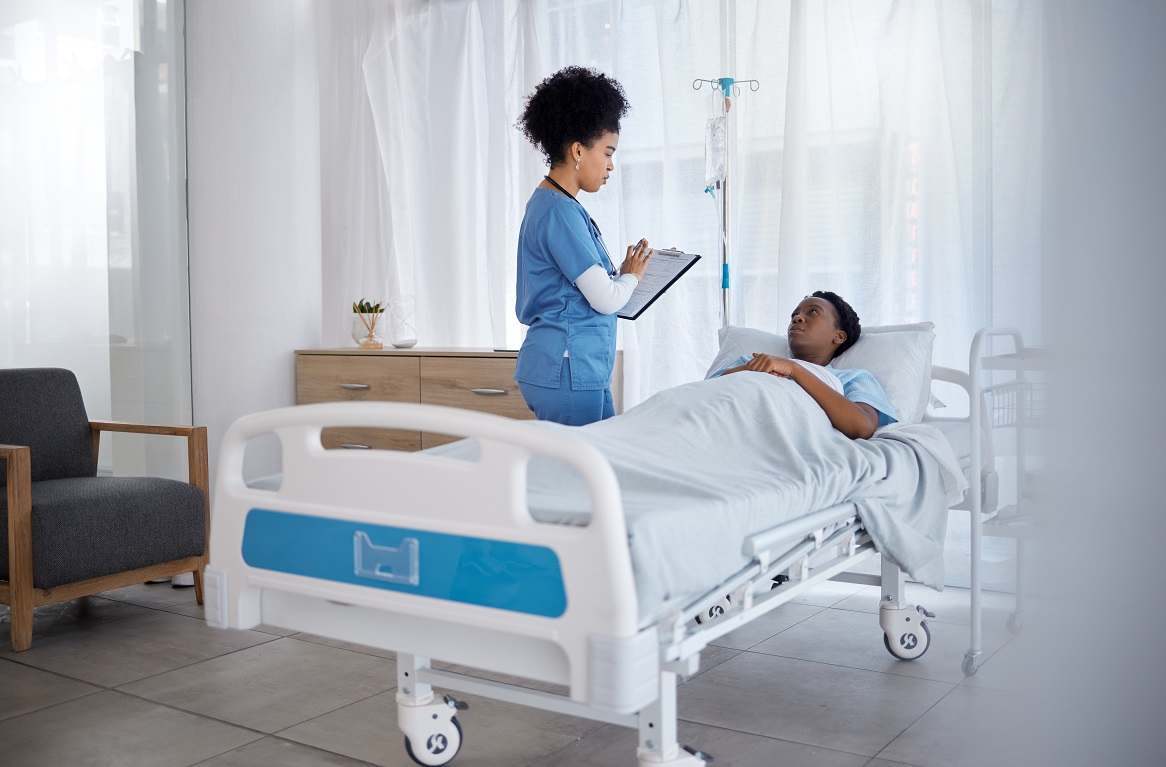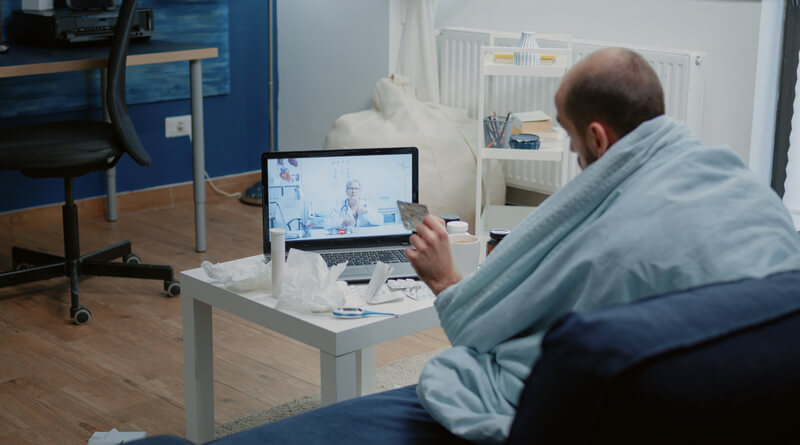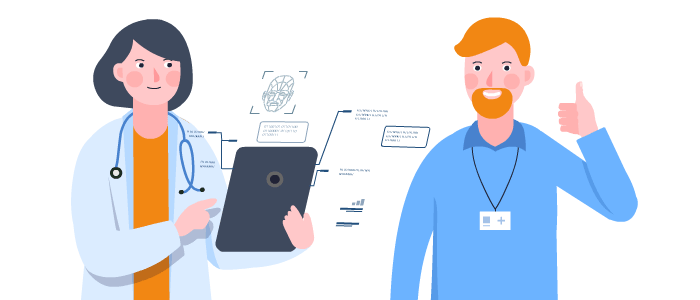Patient-Centered Approaches: The Future of Effective Health Care

In the evolving world of health care, prioritizing patients’ unique needs and experiences is paramount. As endorsed by the World Health Organization (WHO), patient-centered care is becoming increasingly recognized for its pivotal role in enhancing healthcare quality and safety. The shift towards patient-centered approaches is not merely a trend but an essential progression in ensuring comprehensive, high-quality, and effective health care delivery. The philosophy of patient-centered care focuses on building a partnership among practitioners, patients, and their families to decide upon and coordinate tailored strategies and plans for optimum health outcomes.
The Core of Patient-Centered Care
Building Personal Connections in Healthcare
One of the most significant aspects of patient-centered care is establishing solid and personal relationships between patients, their families, and their healthcare providers. This approach enables healthcare professionals to fully understand patients’ unique health needs, preferences, goals, and values. This understanding forms the basis for designing a tailored and effective care plan collaboratively.
The value of personal connections in healthcare cannot be overstated. It leads to a more precise and tailored care plan. It ensures that the patient feels heard, understood, and valued within the healthcare system, ultimately leading to higher satisfaction and better health outcomes.
Leveraging Technology for Enhanced Patient Care
Technology plays an indispensable role in bolstering patient-centered care. From telehealth platforms that facilitate easy and convenient virtual consultations to electronic health records (EHRs) that streamline the sharing of vital health information among different care providers, technology empowers the delivery of more efficient, coordinated, and personalized care. Additionally, innovations like long distance medical transport services bridge the gap further, ensuring that geographical constraints don’t hinder the quality of care.
Healthcare providers can leverage technology to ensure patients have access to the information and support they need to make informed health decisions. EHRs, for example, allow patients to easily access their health information, helping them to participate in their care actively.
How Patient-Centric Approaches Influence Health Results
Promoting Enhanced Health Results
Embracing patient-centric methods has a profound effect on health results. By placing patients at the center of their care, providers ensure that care strategies are timely, efficient, and tailored to individual needs. Such a method helps curtail healthcare expenditures and boosts patient satisfaction and overall health results.
Obstacles and the Path Ahead
The transition to patient-centric care is filled with promise but comes with challenges. There’s a need for a foundational shift in how health institutions function and provide care. This transition’s success is crucial to providing the necessary training, education, and a robust support system for healthcare professionals.
The Future Landscape: Evolving with Patient-Centered Approaches
Adaptive Healthcare Systems
Embracing patient-centered care requires an adaptive healthcare system, one flexible enough to accommodate each patient’s unique needs, preferences, and values. The future of healthcare lies in its ability to efficiently and effectively adjust to the continuously changing landscape, influenced by advancements in technology, research findings, and shifting societal norms and expectations. Healthcare providers and organizations must be committed to continual learning, adaptation, and improvement to uphold the principles of patient-centered care.
Interdisciplinary Collaboration
In patient-centered approaches, interdisciplinary collaboration is a cornerstone for achieving holistic and comprehensive care. Healthcare professionals from various fields must unite their expertise and insights to deliver coordinated and integrated care that encompasses all aspects of a patient’s health, including physical, mental, and emotional well-being. This multifaceted collaboration is essential for realizing the full potential of patient-centered care, ensuring that every aspect of patient health is addressed comprehensively and cohesively.
Strategies for Implementing Patient-Centered Care
Educating and Empowering Healthcare Providers
The practical implementation of patient-centered care hinges on the education and empowerment of healthcare providers. Comprehensive training programs and continuous learning opportunities can equip healthcare professionals with the skills, knowledge, and understanding necessary to deliver patient-centered care effectively. Ensuring that healthcare providers are well-supported, informed, and confident in their roles is essential for the success of patient-centered approaches.
Emphasizing the Role of Patients
Another crucial strategy is emphasizing the role of patients as active participants in their healthcare. This concept involves informing patients about their health and care and equipping them with the tools and support they need to make informed decisions and play an active role in their healthcare journey. Encouraging patient autonomy and empowerment fosters a more collaborative and practical healthcare experience where patients feel valued, heard, and involved.
Conclusion
In the panorama of healthcare, the shift towards patient-centered approaches stands out as a beacon leading to enhanced patient satisfaction, improved health outcomes, and an overall more efficient and effective healthcare system. The journey towards fully embracing patient-centered care is an ongoing process filled with learning, adaptation, and growth. As healthcare systems worldwide continue to evolve and improve, keeping the patient at the core of all efforts remains the unwavering focus, guiding the way to a brighter and healthier future for all.




















